
Although announced back in 2020, the Flipper Zero didn’t become a cult object up until 2022 when it gained popularity among the pentesting community for being able to ‘hack’ into various everyday items. Governments and online retailers immediately panicked, attempting to ban or stop the sale of the Flipper Zero – a harmless game-inspired pentesting device… while the community that helped popularize the Flipper Zero had a valid counter-argument. If exposing the digital vulnerability of everyday objects like traffic lights, cars, air conditioners, or smart homes was so easy, is it really the Flipper Zero’s fault for pointing it out?
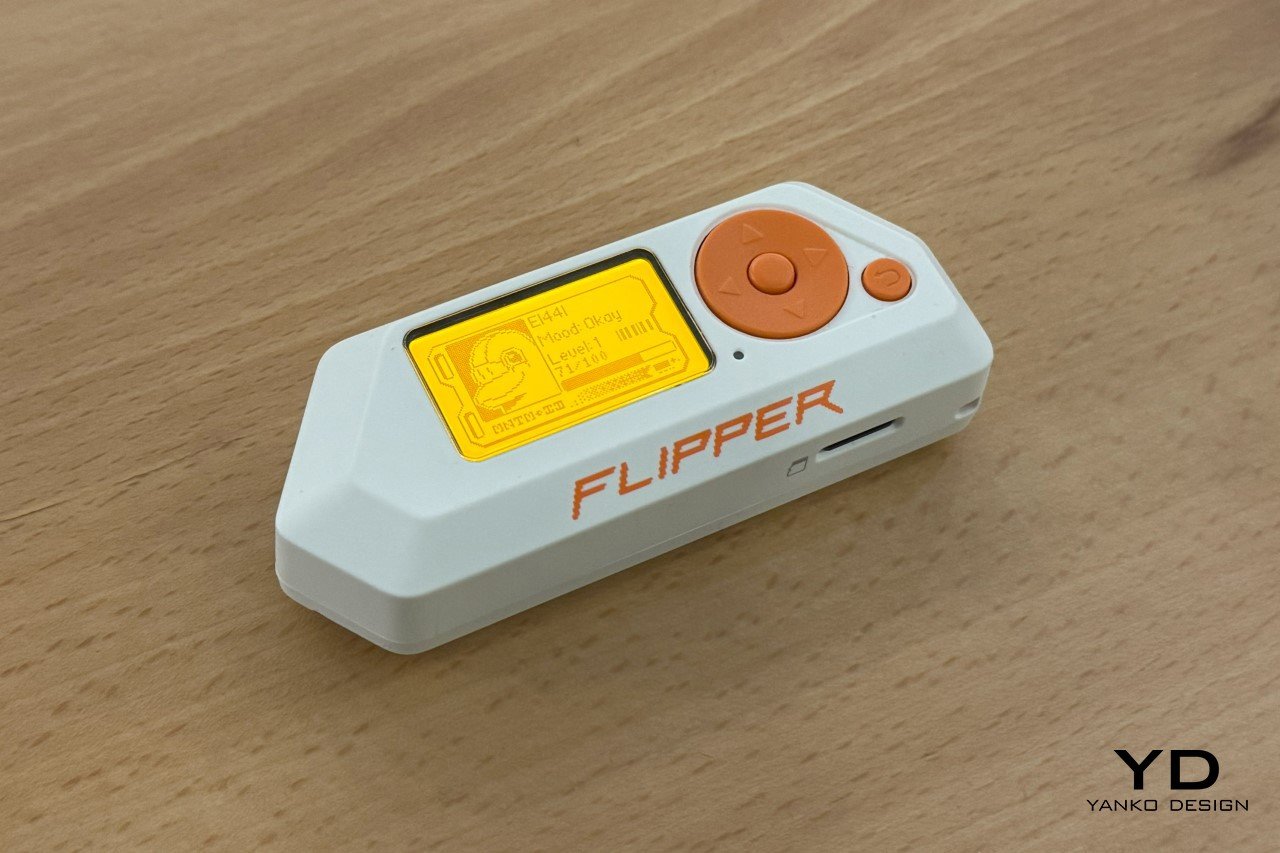
Old mobile phones like the Siemens C55 served as references. The orange color was taken from the Siemens C55 screen because of its nostalgic warmth.
Envisioned as a Tamagotchi that let you explore the world of electronics, the Flipper Zero is a tiny, handheld, versatile device that lets you play games, test electronics, build powerful devices, and even penetration-test gadgets around you. The product gained a cult following in 2022 when videos on TikTok showed how it could be used to clone RFID cards, tap into WiFi networks, and get into all sorts of mischief. That’s similar to having an outcry over hairpins because they open locks… or sellotape because it picks up fingerprints. Needless to say, the Flipper Zero sold out almost immediately, and I spent a good year and a half searching for a device of my own on eBay and Etsy. I finally got my hands on one last month, and even got in touch with the folks who built the Flipper Zero. Beyond asking them the obvious questions that every publication already had, we dove into the Flipper Zero’s approach, its design brief, and most importantly, its design process.

A view of the GPIO pins on the top for attaching newer modules
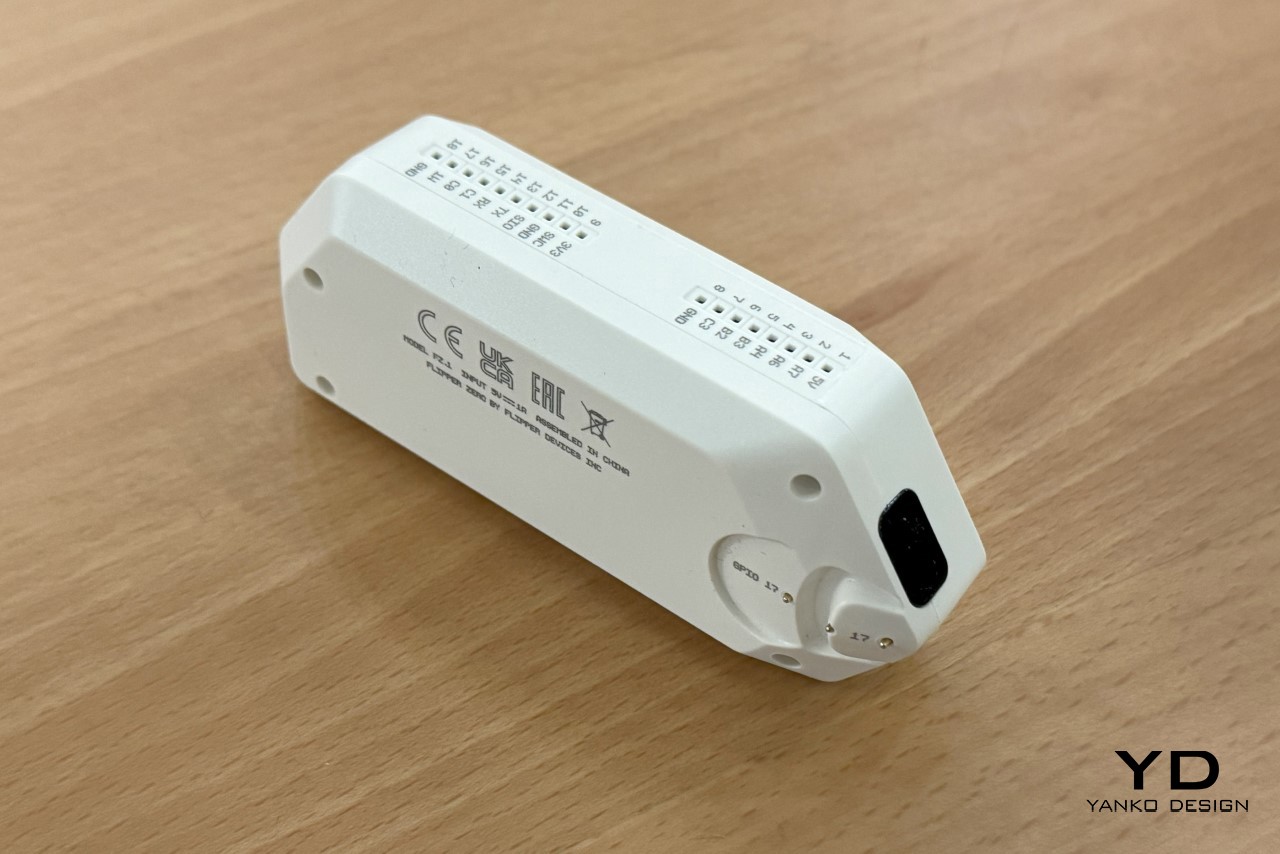
The IR blaster on the side, and the iButton reader/writer
The minute you understand the Flipper Zero’s origin story, its design makes a world of sense. It was envisioned in 2020 to help develop a more common interest in technology, cybersecurity, and electronics. Existing products in this domain were just way too complicated and boring – they had ultra-utilitarian designs, bare-basic aesthetics, wires, soldering, and they looked like something that would come out of an engineer’s workshop. This was in contrast to what sci-fi movies had us believe. Minority Report, Tron, The Matrix, Bladerunner, every movie showed a more concept-art-driven product future, but existing ‘hacker’ devices looked nothing like the ones we were used to seeing in movies. This was a great starting point for the folks at Flipper, who wanted to create a device that A. paid homage to decades of sci-fi films, and B. was the electronic equivalent of an EDC multitool – compact, multifunctional, awesome. “In a Swiss army knife, you have a blade, corkscrew, screwdriver, ruler, scissors, etc., all in one tool. The idea of the Flipper Zero was to combine all the hardware tools you’d need for exploration and development on the go,” the Flipper team told Yanko Design. “Flipper Zero has a 125 kHz or Sub-1 GHz antenna, CC1101 chip, built-in NFC module, Bluetooth Low Energy (BLE) support, 1-Wire connector to read iButton contact keys, infrared transmitter, and a microSD card slot. All in a toy-like body.” Moreover, despite all these features, the Flipper Zero came with GPIO handles on the top that let you explore the device’s open-source nature by adding PCB hardware and exploring even more features and capabilities.
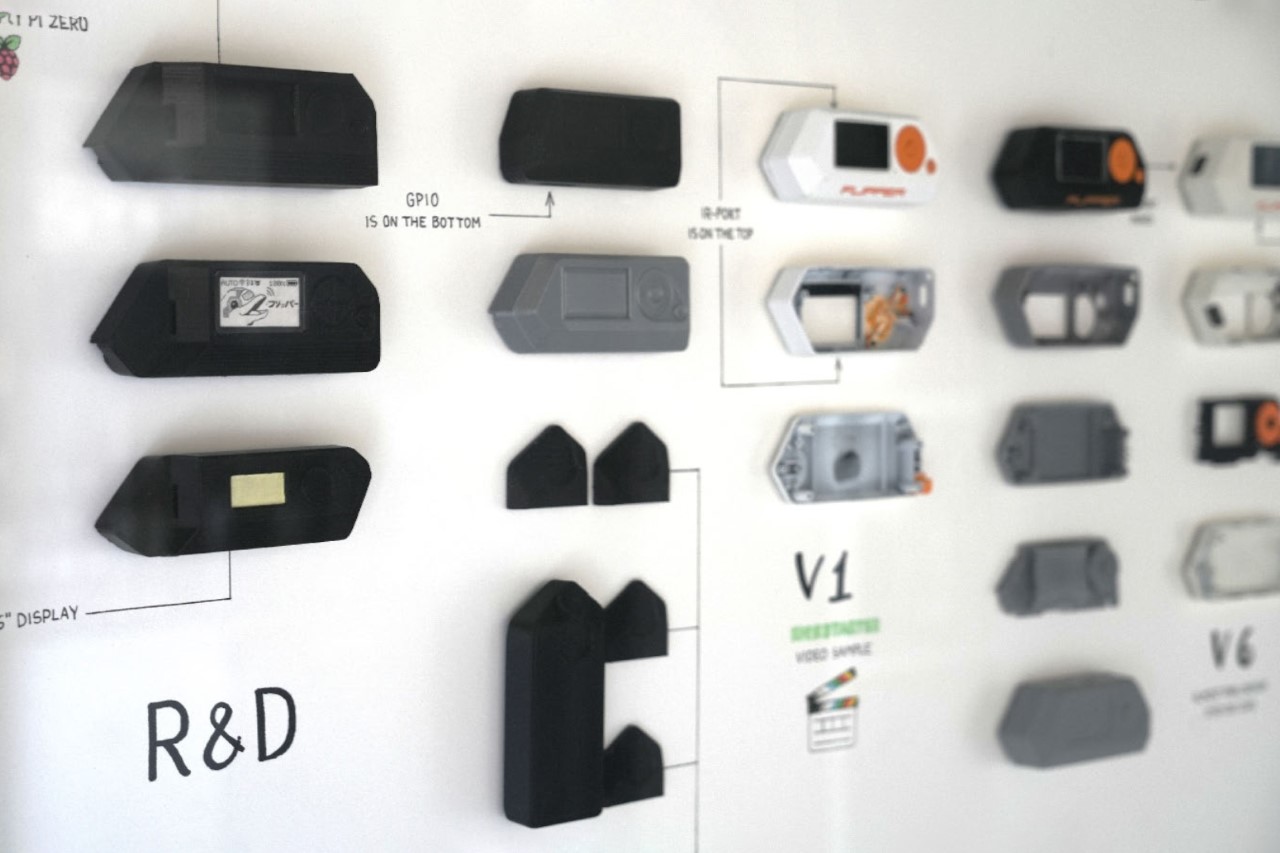
Flipper Zero development process
The Flipper Zero’s design is actually pure genius if you look at how much they’ve managed to squeeze into a product that small. Yes, I did ask them whether they considered making something with a touchscreen, or something phone-like, but the Tamagotchi approach seemed to be the most convenient route – it was uncomplicated, and could be done without expensive OLED displays and other hardware. Ultimately, it did lend to the Flipper Zero’s overall charm, with its monochrome orange screen that was a hat-tip to the Siemens C55. “We went through several design iterations to achieve this functionality and look, constantly overcoming challenges in electronics design, component limitations, and multiple antenna designs,” the Flipper team mentioned. “For example, the first version of the hardware used an off-the-shelf main PCB, but we eventually decided to design our own. This gave us more freedom and flexibility regarding the shape and form of the device while also giving us more control over the supply chain and costs.”

Inspiration moodboard for the Flipper Zero’s Cyberpunk Design
The entire device is nothing without its mascot, the cyberpunk dolphin that forms the essence of the Flipper Zero’s experience. It functions quite literally as a Tamagotchi, growing and being happier and happier the more you explore the device’s features and play with the product. The idea of using the dolphin existed way back in the beginning, and you could think of the product’s shape as somewhat resembling a dolphin’s flipper too, albeit with sharper, cyberpunk-ish edges. The team told us, “The main inspiration was William Gibson’s cyber-dolphin Jones, from Johnny Mnemonic, who had a dark biography and could do very dangerous things. Our dolphin is a quirky, queer, and enthusiastic but simple and nice guy at the same time. We wanted to create a character that you’d want to be friends with.” The dolphin’s persona received a lot of design experimentation as it essentially was to serve as the product’s mascot, guiding you through the features, exploring uncharted electronic territories with you, and forming a codependent bond that allows you to get more and more familiar with and attached to your Flipper Zero. You loved your Game Boy because of all the Pokemon you caught, grew, and evolved on it – the same would apply to the Flipper Zero.
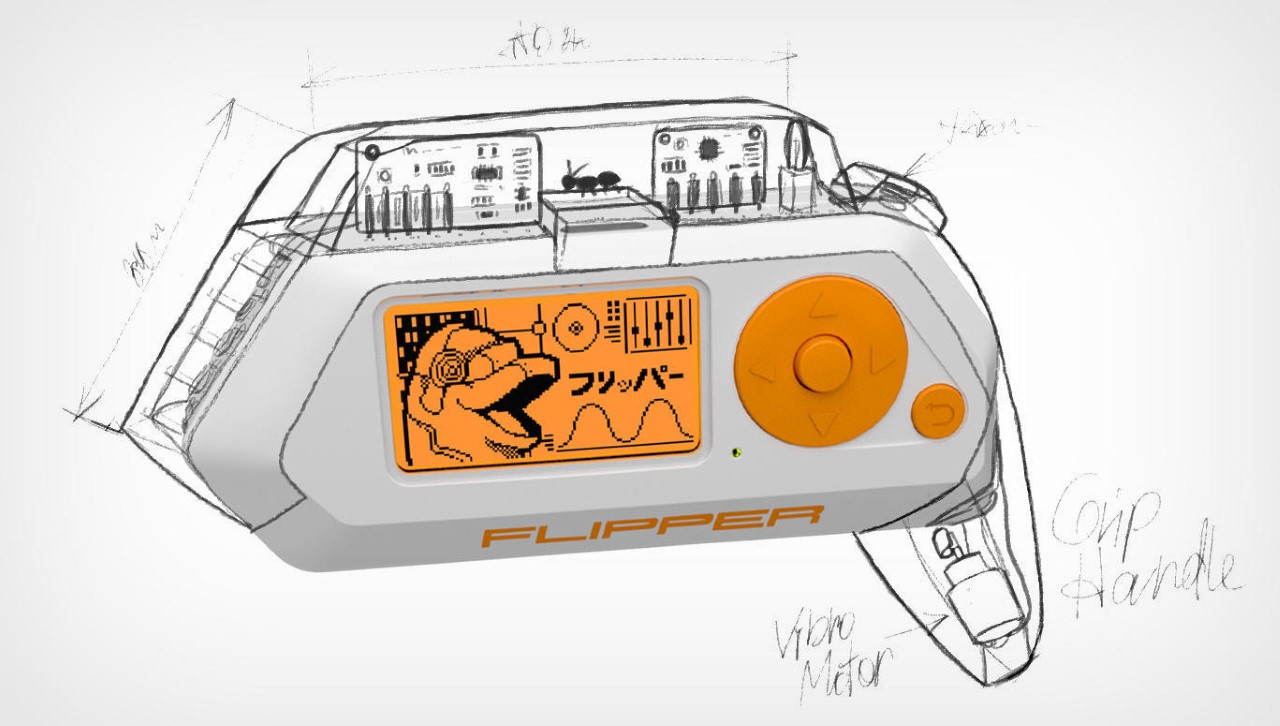
Sketches of in-house modules for the Flipper Zero
However, as a non-hacker myself (and with no coding background), owning a Flipper Zero was still quite an interesting experience. The interface immediately felt familiar to a guy who grew up on Nokia and Sony Ericsson phones, and the internet is FILLED with documentation and tutorials that allow folks like me to figure out how to use the Flipper Zero. For now, I’m proud to say that I managed to clone my buddy’s car key fob and can open her doors remotely. All done with consent, though. The device also allows me to save RFID cards, NFC codes, and even be prankish enough to change channels on televisions or control air conditioners using the infrared function. All these are gradual steps, and the interface makes it exceptionally simple to navigate. You can even play games on the Flipper Zero like Solitaire, Doom, Pong, Snake, and Tetris. Additionally, you can set a Pomodoro timer or metronome, check the nearest weather station, or encrypt a message to your friend using Caesar Cipher or Morse code apps. For anything else, there’s a burgeoning Flipper community that routinely explores everything the Flipper Zero has to offer, discussing new features, writing new lines of code, or creating new apps. After all, with more than half a million devices sold, there’s clearly a massive sub-culture of loyal Flipper Zero users ready to tinker with anything they find, just the way our parents were encouraged to take a screwdriver and pull apart objects so they could learn how to repair them. It’s an art that seems lost on our generation, especially with how complicated devices have gotten, and how ruthless companies are when it comes to creating terms and conditions that prevent us from looking under the hoods of the gadgets we own.
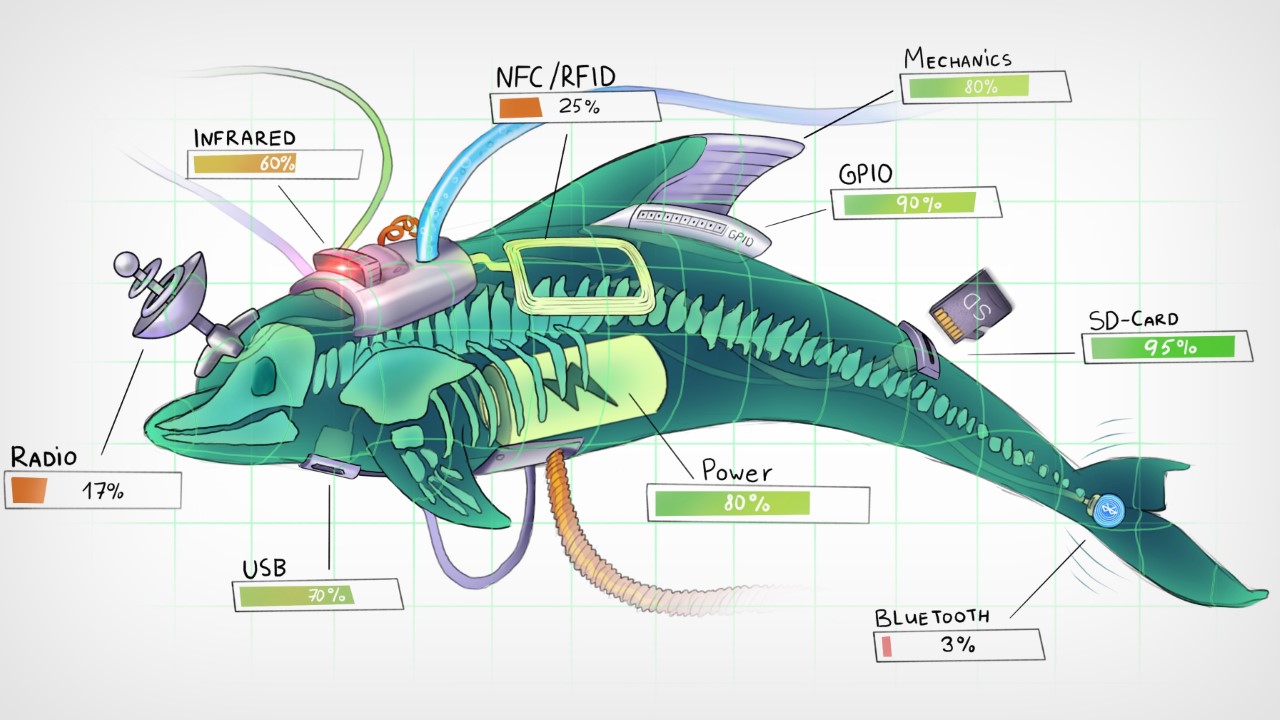
The Flipper Zero is just the beginning, though. Given the movement it stands for, and the resounding success of their flagship device, Flipper’s team is just getting started. They’re continuously working on new modules that can be attached to the Flipper Zero, giving it even more powerful new features… and yes, there’s a Flipper One in the works, although they’re pretty hush-hush about it right now!
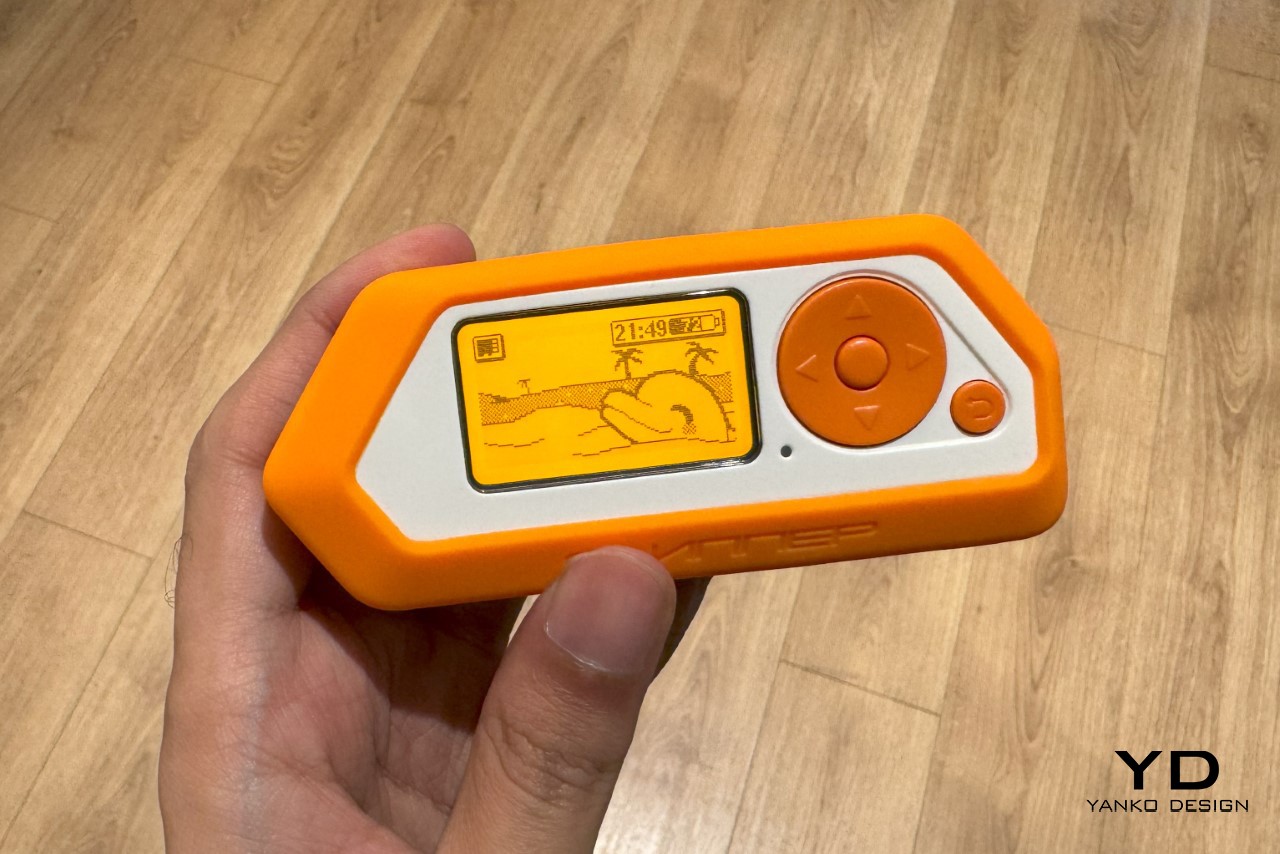

Limited-edition transparent version of the Flipper Zero







